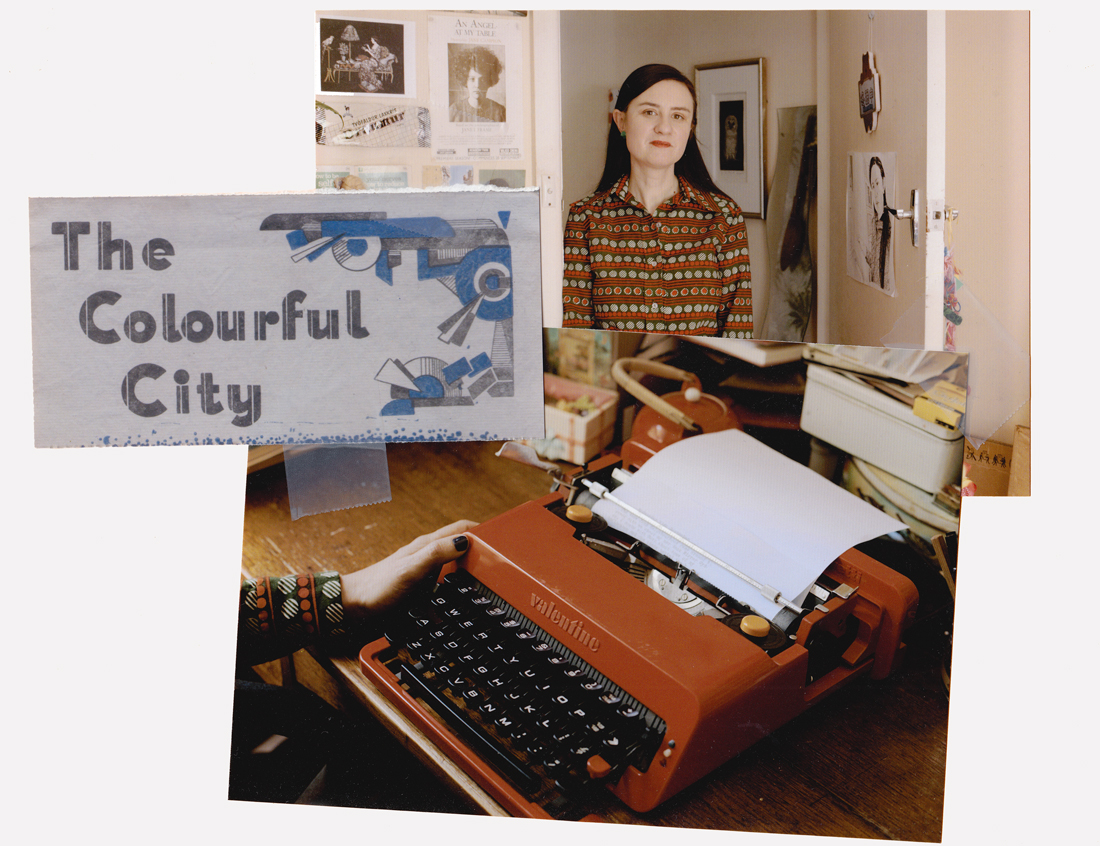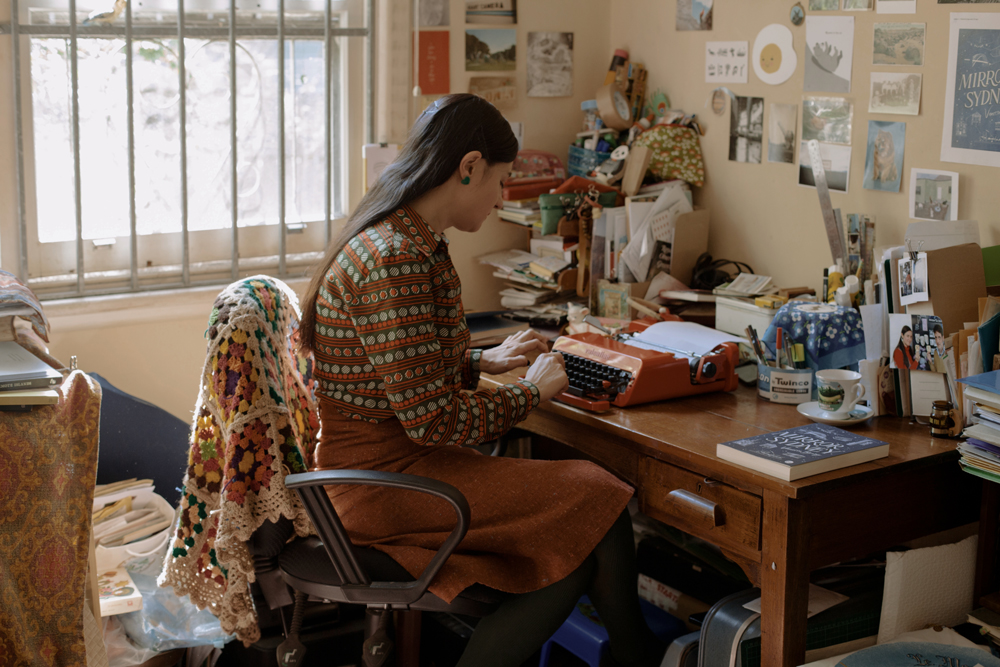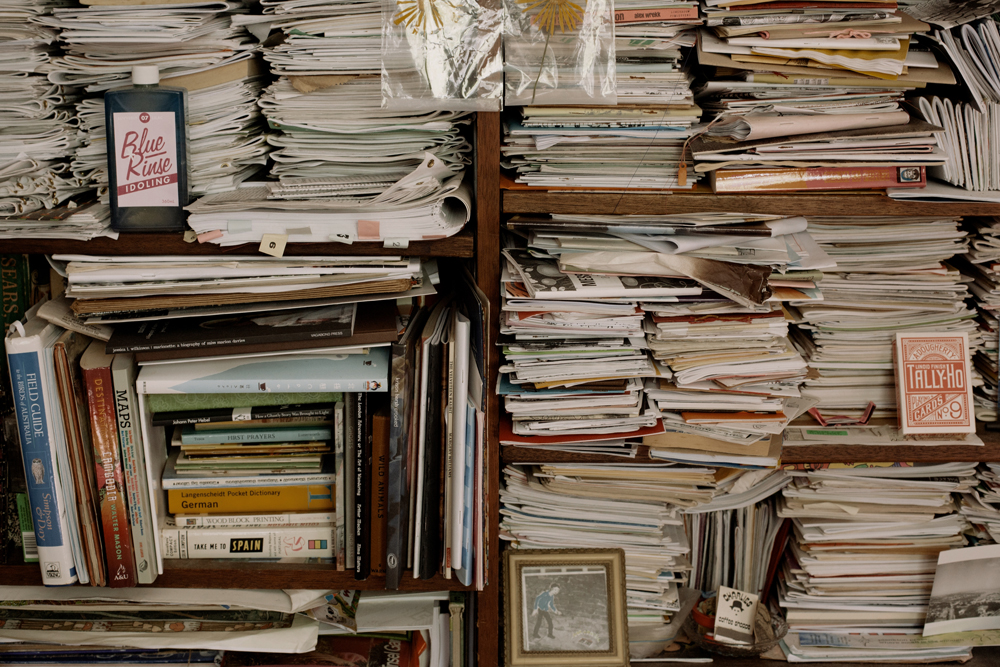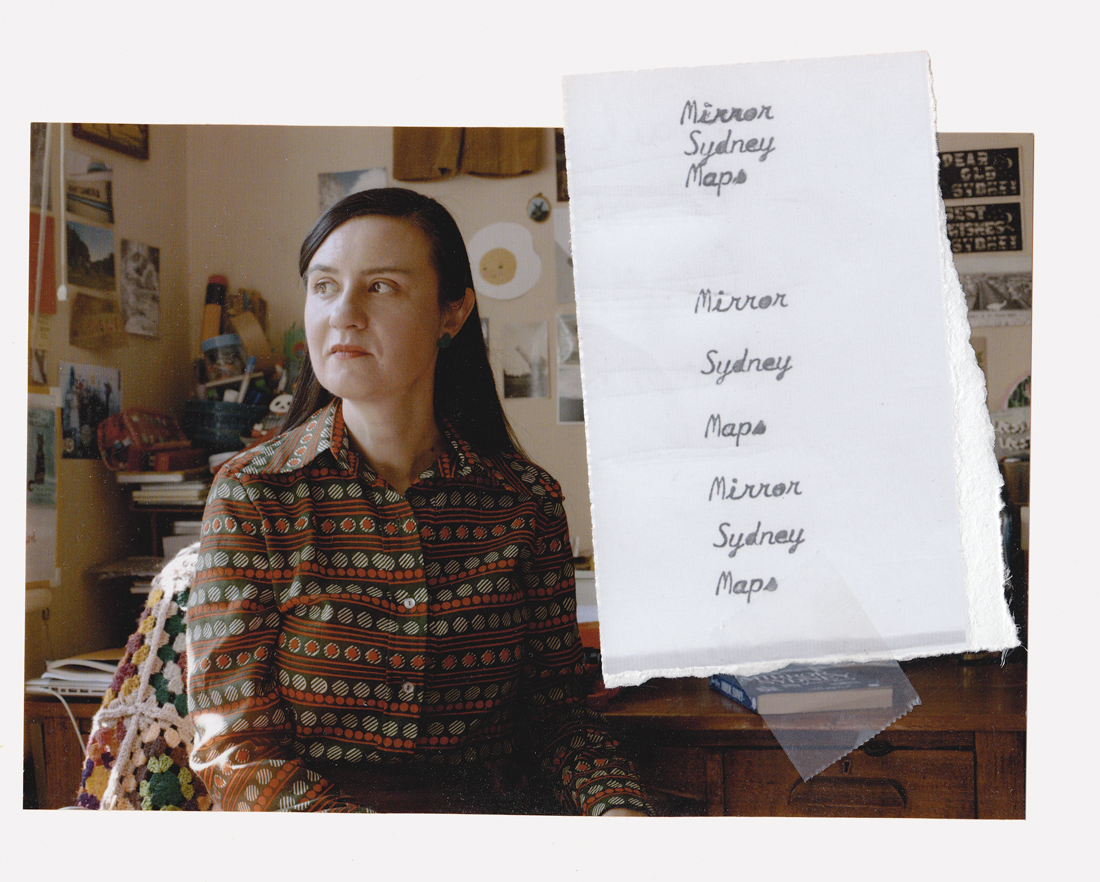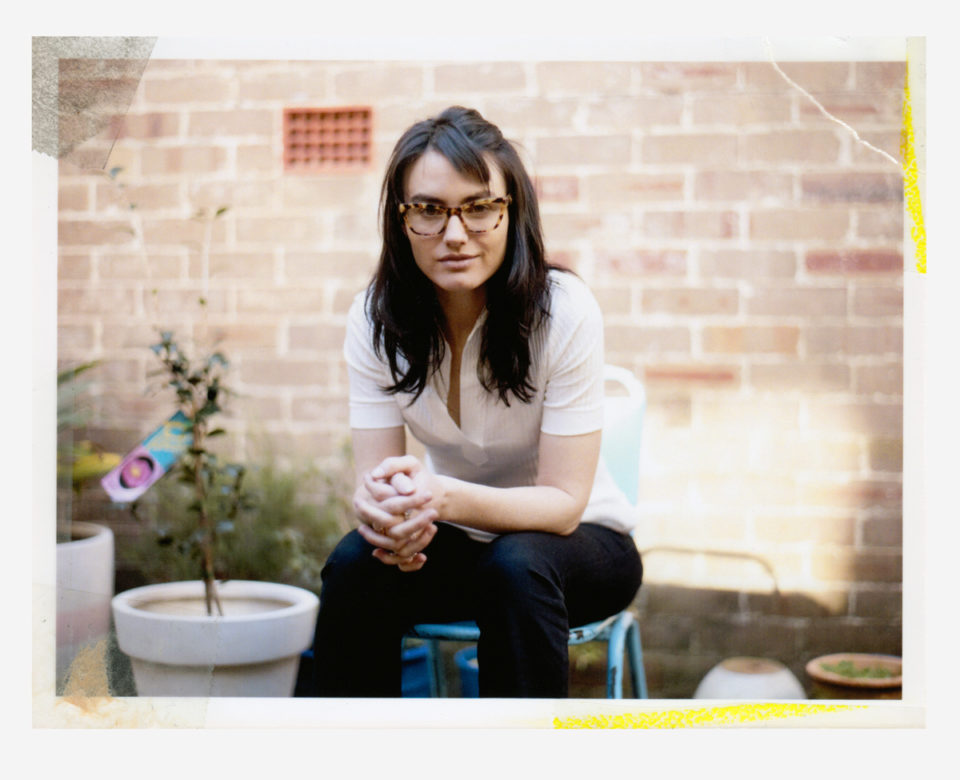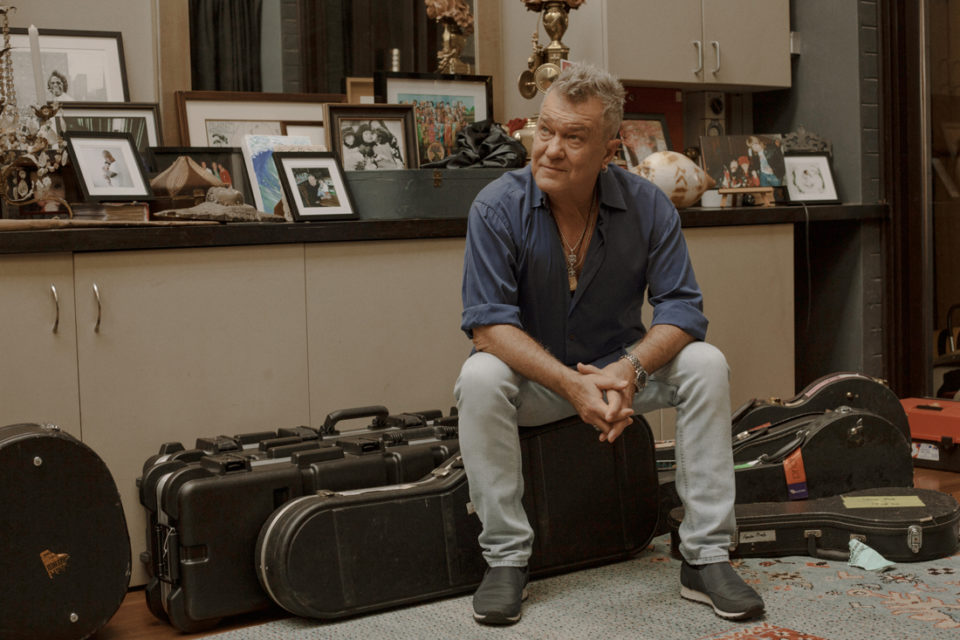It can be as if Vanessa Berry has come from another time. She speaks in such a steady, unhurried way, each word arriving like a thought bubble before it quietly floats away. Each thought definite, but softly phrased. One becomes aware of a keen, observing intellect, but also this strange feeling you could be speaking over the fence to a neighbour; and, stranger still, the feeling this neighbour is more like someone from the 1930s than anyone you might be meeting in the present day.
The writer’s taste for vintage clothes enhances the notion of another time. Her ink-dark hair faintly suggests a former life as a Goth too. Late last year Berry published Mirror Sydney, perhaps one of the most important and personalized histories of Sydney we’ve seen. It’s a memorial to the obscure, the lost and overlooked, from arcades in Penrith to the backblocks of Kurnell, from the history of the now demolished Monorail to an underground system of tunnels and passageways beneath the city. The idea of Berry as a kind of literary Alice in Wonderland wandering the cityscape, its present and its past, becomes a little inevitable.
Her book, Mirror Sydney, started life as a blog in 1996. Berry likes the idea of “places that are lost in time, or places that continue their routines even though the world around them has changed. One of the things that has interested me the whole time I have been a writer is ideas of time. There are multiple times embedded in the present, layers,” she says. “Places that preserve a particular time make that more apparent.”
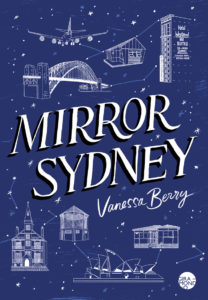
‘Mirror Sydney’ by Vanessa Berry
At her fibro home in Sydney’s Inner West, Berry works away in a lovely sunny room that seems to teeter between organisation and some form of over-stacked op-shop archaeology. Books, magazines, drawings, endless knick-knacks, a variety of typewriters are just the start of it. When I point to a child’s ‘Flight Commander’ parachute suit hanging like an artwork on the wall, all Vanessa can say is, “It perhaps doesn’t have an obvious story. I just liked the idea of a small person with a lot of power in this brown corduroy suit.”
Her wooden desk dates from the 1960s. “It’s the one piece of furniture I have from my parents… I feel some kind of connection to it. I like the solidity of being at the desk too,” she says. Then she laughs a little. As a writer, “It’s like the rock you’re clinging to.”
Berry’s parents separated when she was eight and she spent much of her time with her mother growing up in her grandparents’ house. “It’s the house I dream about when I have dreams about my childhood.” She’s sceptical about reducing her present interests to these familial roots, but she does note the way her grandparents told her “these great stories about living in Shanghai in the 1930s.” Stories she felt were “overlaid on a very suburban backdrop. A white wooden house… with a veggie garden out back. Grandparents do tell you stories more than your parents sometimes. At least mine did. Your parents are busy with work and other things. Perhaps that is where I got my interest in telling stories. They’d tell me tales,” she says with an emphatic flourish.
She talks about how “a lot of my childhood was spent in a car. Looking out in wonder through the glass. We’d drive between Kenthurst and Turramurra often. I’d look out the window. Each particular place [I’d see along the way] was like a necklace, like a charm bracelet. I always liked going in the car.”
It bothers her now that “we live in a time when so many demands are made on our attentions. A sense of attachment takes time and reflection. Things that hook you into a place can help with that sense.” Mirror Sydney is driven by that hook. “But it’s also about a way of perceiving places,” Berry says. “A way of perceiving details of the world around you.”
She touches the cover of her book affectionately. Unusually, Berry is also a skilled draftsperson and drawer. All the buildings and places in Mirror Sydney are sketched by her. The blue cover features a number of her illustrations from the Opera House to the Hotel Westend. It’s reminiscent of an astronomy chart. Berry worked with designer Allison Colpoys on the concept. “I like the idea of it being a constellation of places,” Berry says. “Stars are things that move and they’re in relationship to you. And that was an overall idea in the book too.”


